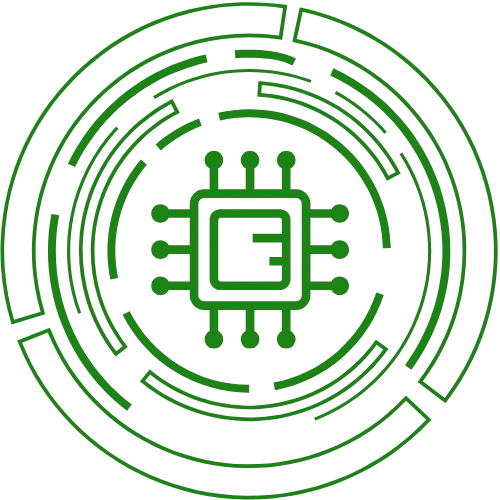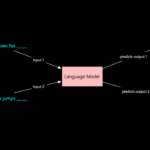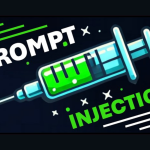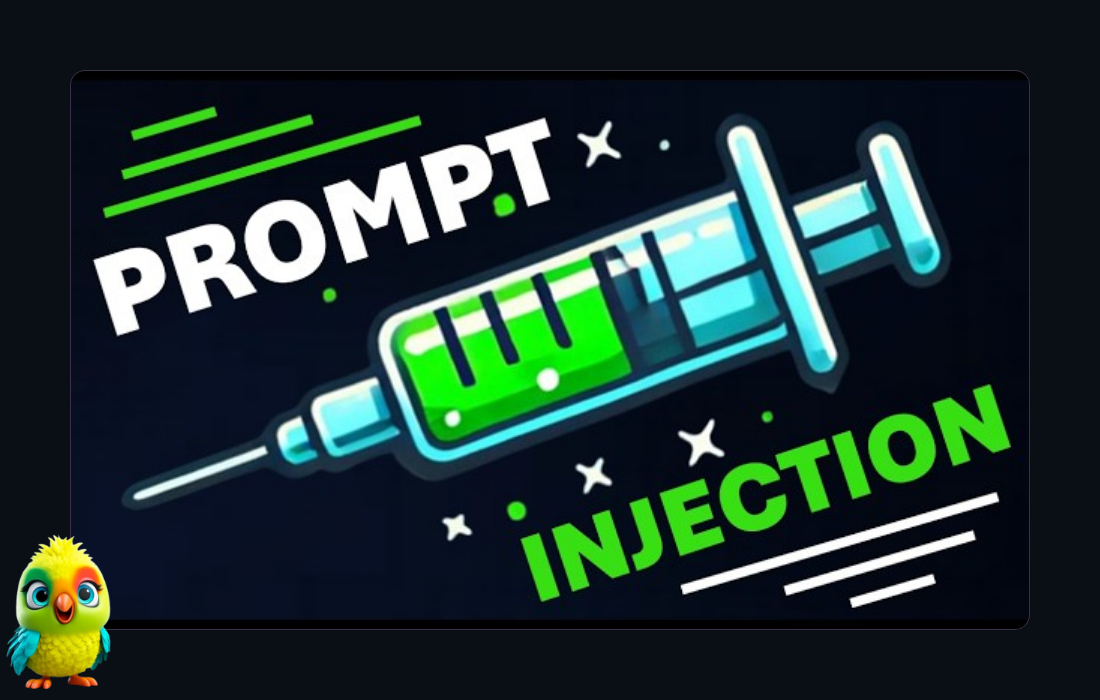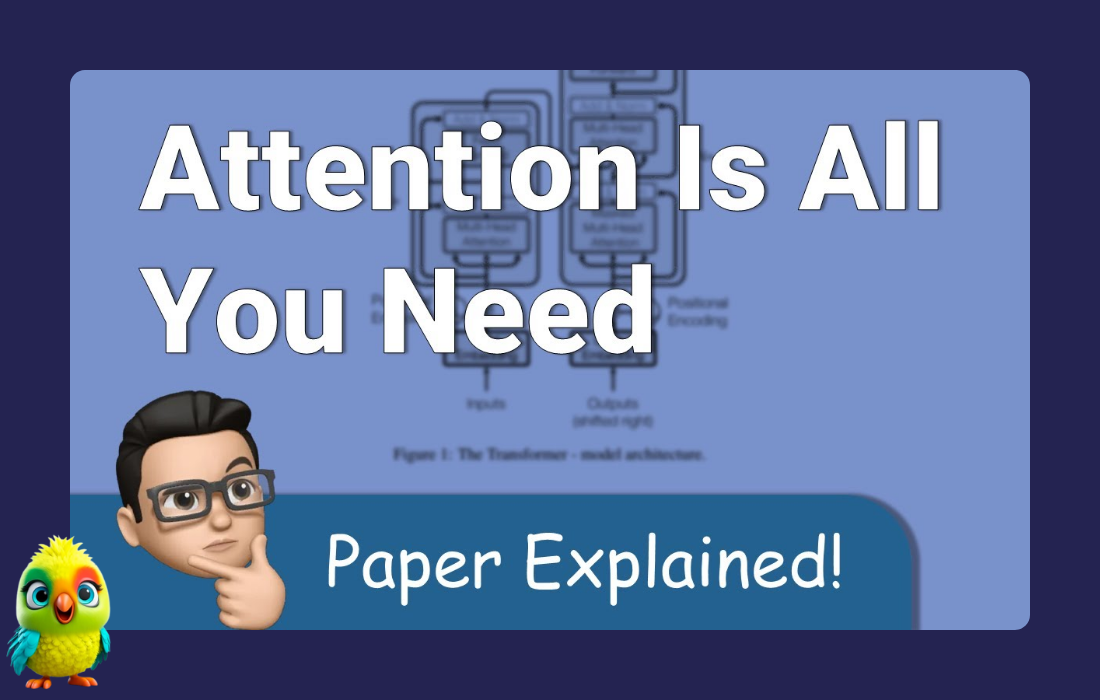In the age of large language models (LLMs), Retrieval-Augmented Generation (RAG) has emerged as one of the most powerful approaches for building intelligent applications. Whether you’re creating a chatbot, a document assistant, or an enterprise knowledge engine, three pillars make RAG work: embedding models, chunking, and vector databases.
This article breaks down what they are, how they work, and why they’re so pivotal.
What is Retrieval-Augmented Generation (RAG)?
RAG is a technique that enhances the capabilities of LLMs by allowing them to retrieve relevant information from external sources and augment their responses with that data.
Instead of relying solely on what was trained into the model, RAG systems dynamically pull in knowledge from a database of documents, PDFs, or even live data streams. This makes responses more accurate, up-to-date, and context-specific.
Step 1: Embedding Models – Turning Text into Numbers
At the heart of RAG lies the embedding model.
An embedding model converts text into a vector (a numerical representation).
Each sentence, paragraph, or chunk of text becomes a point in a high-dimensional space.
The key idea: semantically similar texts are close together in that space.
Example:
“How to reset my password?” and “Steps for password recovery” would be encoded into vectors that are very close.
Examples of Embedding Models
Embedding models vary in size, speed, and accuracy. Some popular ones are:
OpenAI
text-embedding-ada-002→ fast, cheap, widely used.text-embedding-3-large→ higher accuracy, bigger dimensions.
Sentence-BERT (SBERT)
Variants like
all-MiniLM-L6-v2→ lightweight, great for small projects.multi-qa-MiniLM-L6-cos-v1→ tuned for question-answer tasks.
InstructorXL
Optimized for instruction-following embeddings.
E5 Models (e.g., e5-large, e5-base)
Open-source, excellent at capturing semantic similarity.
Cohere Embeddings
Strong commercial option with multilingual support.
If your dataset is massive → use a high-dimensional embedding (e.g., OpenAI’s large model).
If you want speed and affordability → SBERT mini models are a good fit.
These embeddings allow your system to understand meaning, not just keywords.
Read: Perplexity’s Bold $34.5B Bid to Acquire Chrome – Genius Move or Publicity Stunt?
Step 2: Chunking – Breaking Knowledge into Pieces
Feeding entire documents into a vector database doesn’t work — they’re too large and messy. That’s where chunking comes in.
Chunking = splitting large documents into smaller, manageable text segments (e.g., 300–500 tokens).
Each chunk gets embedded individually.
This ensures that when a user asks a question, the system retrieves precisely relevant passages, not entire documents.
Example:
Instead of embedding an entire 200-page manual, you split it into small sections like “Login setup,” “Error codes,” “Troubleshooting network issues.”
If someone asks: “What does error 503 mean?”, the RAG system retrieves the exact chunk with that explanation.
Examples of Chunking Types
Chunking isn’t one-size-fits-all — it depends on your data. Common approaches:
Fixed-size chunking
Breaks text into chunks of fixed length (e.g., 500 tokens).
Simple but may cut off mid-sentence.
Recursive / Semantic chunking
Splits text by structure (paragraphs, headers, bullets).
Preserves meaning and readability.
Sliding window chunking
Creates overlapping chunks (e.g., 400 tokens with 50-token overlap).
Prevents losing context at chunk boundaries.
Hybrid chunking
Mixes structural (paragraphs) with fixed-size rules.
Useful for highly varied documents like PDFs.
Example: A legal contract → use semantic/recursive chunking.
Example: A large technical manual → use sliding windows to retain context.
Read: 15 Best Neural Network Courses (Bestseller & Free) – 2025 Edition
Step 3: Vector Databases – Fast Semantic Search
Once you have embeddings for all chunks, you need a place to store and search them efficiently. That’s the role of a vector database (Vector DB).
A vector DB indexes your embeddings so you can quickly find the closest matches to a query.
Instead of keyword matching, it uses cosine similarity, dot product, or Euclidean distance to find semantically similar chunks.
Examples of Vector Databases
Vector databases power fast semantic search. Leading options include:
FAISS (Facebook AI Similarity Search)
Open-source, great for local projects.
Scales to millions of embeddings.
Pinecone
Fully managed, cloud-based.
Strong for enterprise-scale RAG systems.
Weaviate
Open-source and cloud options.
Rich ecosystem, supports hybrid keyword + vector search.
Milvus
Open-source, high-performance.
Good for research and scaling to billions of vectors.
Chroma
Lightweight, Python-native.
Perfect for quick prototyping or small apps.
Without a vector DB, searching embeddings would be painfully slow — imagine scanning through millions of vectors manually.
Read: How a Casino’s Aquarium Became a Hacker’s Gateway
How They Work Together in RAG
Here’s the flow:
User Query → Converted into an embedding by the same model used for documents.
Vector Search → The vector DB finds the closest chunks to that query.
Context Injection → Retrieved chunks are passed into the LLM as context.
Generated Answer → The LLM combines query + retrieved context to produce a precise, informed response.
Why These Three Are Pivotal
Embeddings → Allow semantic understanding.
Chunking → Ensures retrieval is accurate and relevant.
Vector DB → Makes the system scalable, fast, and efficient.
Together, they transform an LLM from a general-purpose generator into a domain expert that can handle your specific knowledge base.
Read: Introduction to Tensor Calculus a key Component in Machine Learning building
Final Thoughts
If you’re building a RAG system, mastering these three concepts is non-negotiable.
Use a powerful embedding model for accuracy.
Chunk your documents smartly for precision.
Leverage a vector database for scalability and speed.
With these foundations, you can build intelligent assistants that are not only smart but also grounded in your data.
